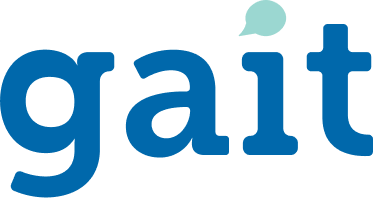• The FDA-cleared device produced a meaningful reduction in ADHD symptoms in a clinical trial
The first-ever device to treat pediatric attention-deficit hyperactivity disorder (ADHD) received clearance from the U.S. Food and Drug Administration (FDA) in April. The external Trigeminal Nerve Stimulation (eTNS) system offers an alternative treatment option for more than 6 million American children with an ADHD diagnosis.
The eTNS system, designated for use in children ages 7 to 12 under the supervision of a caregiver, is a small electronic device that delivers low-level stimulation to the brain’s trigeminal nerve. Each night, electrodes applied to the forehead deliver eight hours of treatment while a child sleeps. Already studied as a potential aid for depression, epilepsy and post-traumatic stress disorder in adults, the eTNS system has now been shown to produce a statistically significant reduction in ADHD symptoms in a clinical trial (Journal of the American Academy of Child & Adolescent Psychiatry, Vol. 58, No. 4, 2019).
The FDA provided marketing authorization for the prescription-only device to the biotechnology company NeuroSigma through its “de novo” premarket review pathway, which is used for new low- to moderate-risk devices with no existing market equivalent. Researchers from the University of California, Los Angeles (UCLA), including one clinical and two educational psychologists, conducted the clinical trial with 62 children, ages 8 to 12, who had moderate to severe ADHD. Each participant received four weeks of at-home treatment using either the eTNS system or a placebo device.
Researchers administered two assessments on a weekly basis: the ADHD-IV Rating Scale (ADHD-RS), a parent questionnaire that evaluates a child’s behavior, and the Clinical Global Impressions (CGI) scale, which measures symptom severity.
Compared with the placebo group, children who used the eTNS device showed statistically significant improvements in ADHD symptoms, with average ADHD-RS scores dropping about 31 percent. Children in the placebo group experienced an average decrease of about 18 percent. Slightly over half of participants in the intervention group showed improvement that was clinically meaningful, defined as a score of “much improved” or “very much improved” on the CGI Improvement scale.
The eTNS is a great non-pharmaceutical option to treating ADHD instead of throwing medication at the issue.
Article:
Greenbaum, Z. (2019). A New Device for Treating ADHD in Children. Vol. 50. No. 7. Pg.
26. American Psychological Association.


Recent Comments